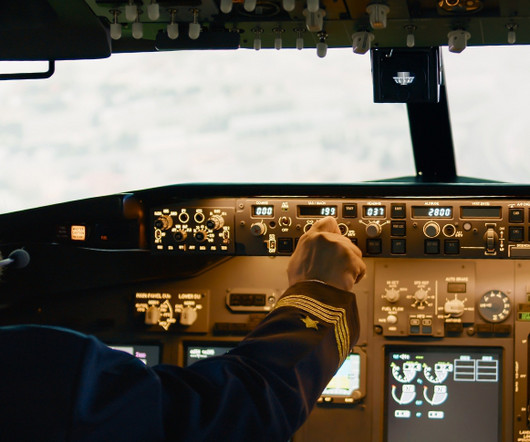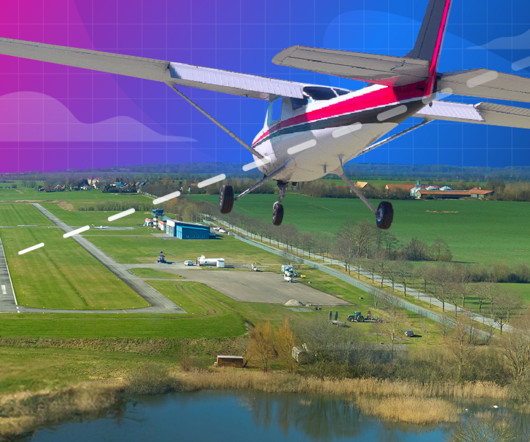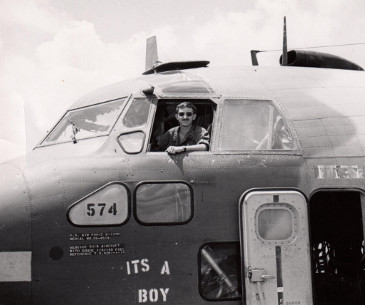What Is the Average Flying Altitude of a Commercial Plane?
Pilot's Life Blog
JANUARY 12, 2025
Flying a small plane at lower altitudes allows pilots to navigate visually and avoid the complexities of high-altitude air traffic control. When flying a small plane, staying within the appropriate altitude ensures better control and a more comfortable experience, especially in turbulent weather.












Let's personalize your content